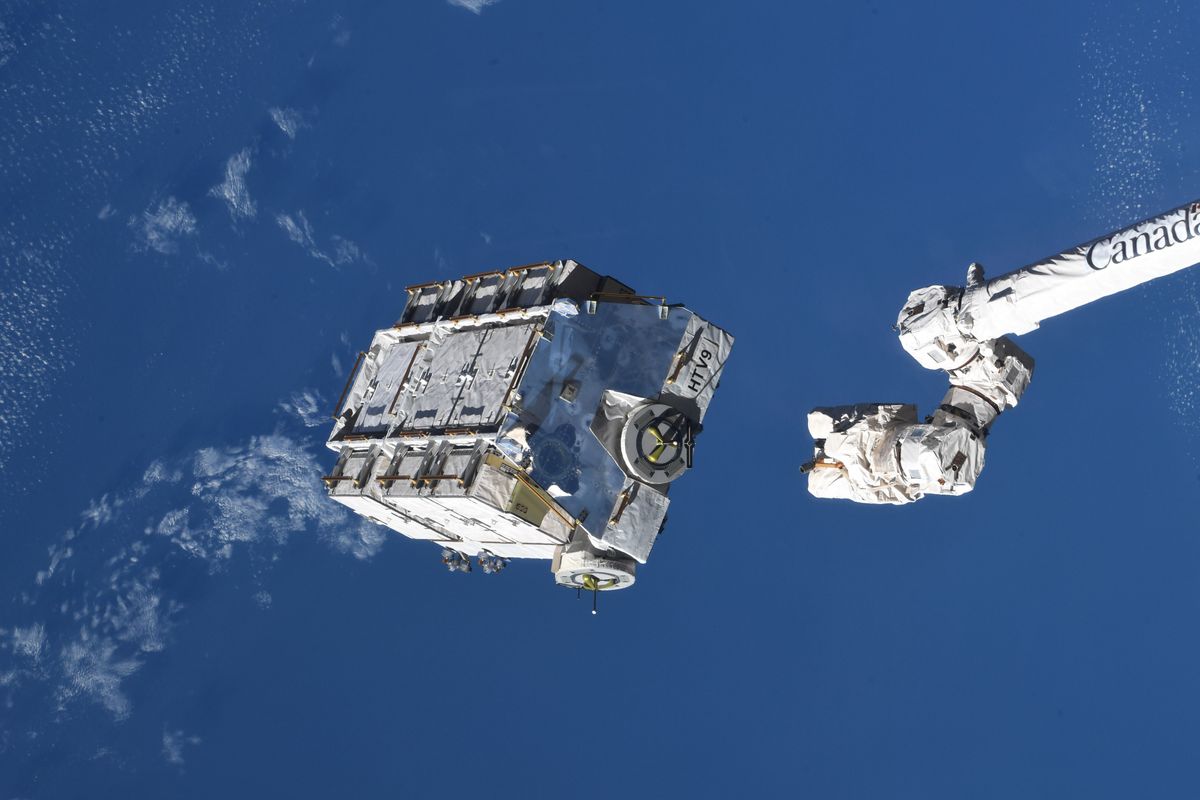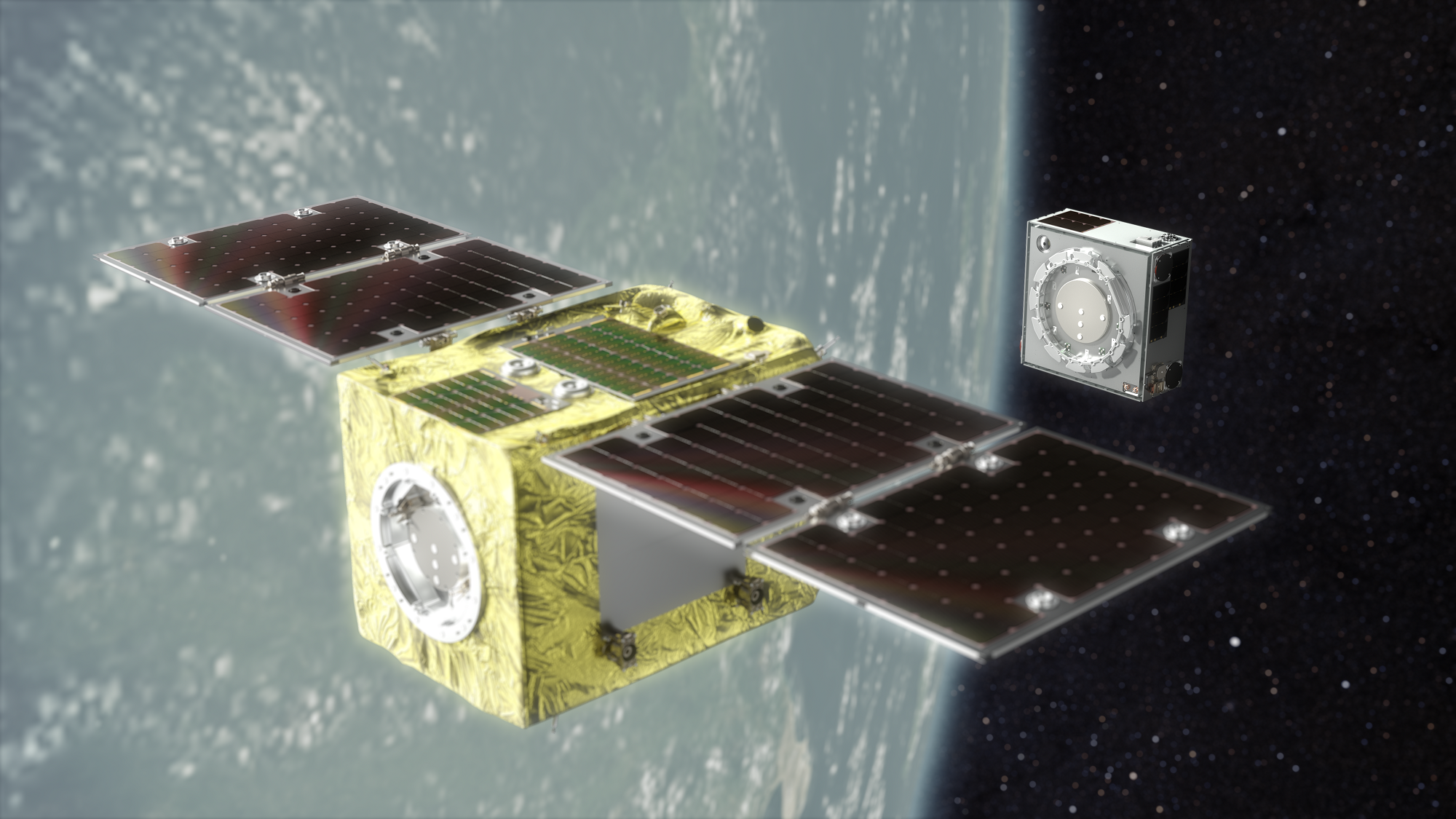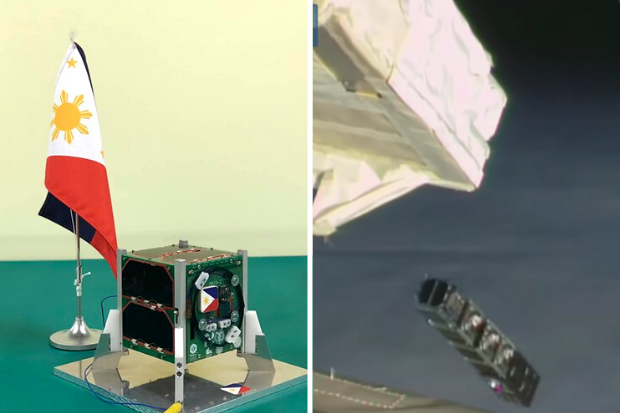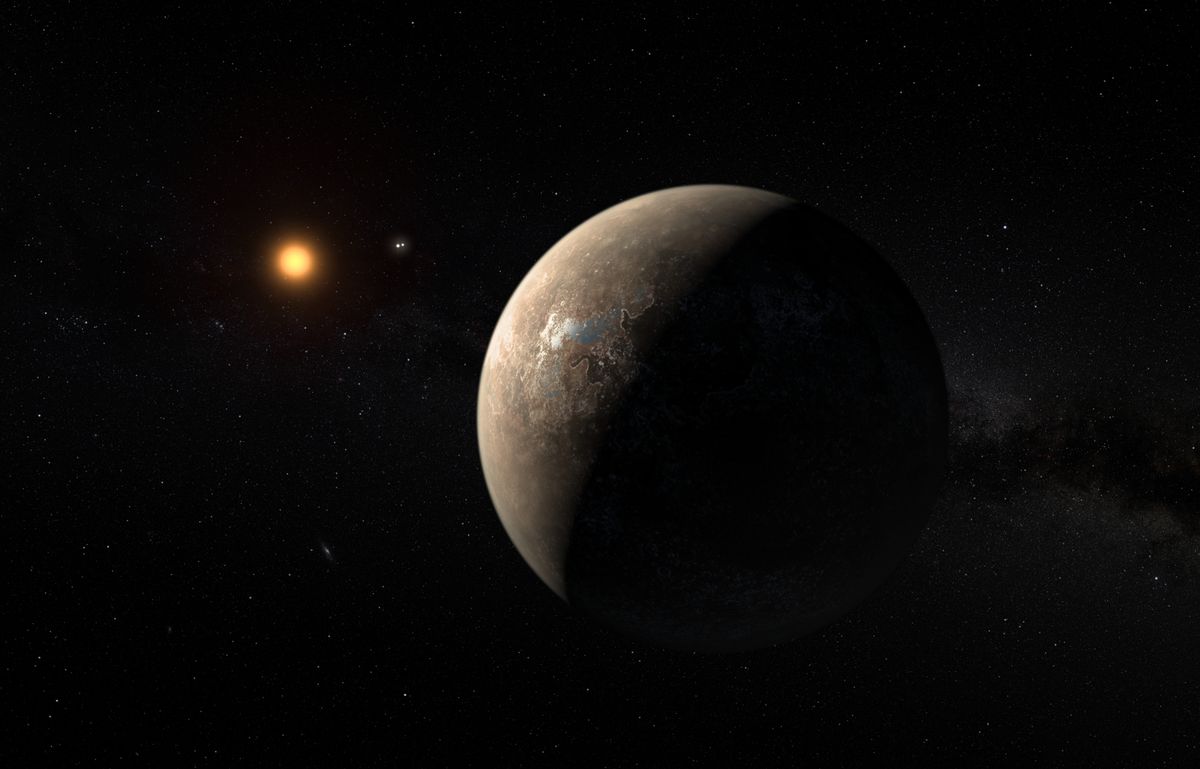
Elijah Cole, a student at Etiwanda High School, asked Pomona-born astronaut Victor Glover to name the most beautiful thing he’s seen during his time aboard the International Space Station .
Glover, 44, a 1994 graduate of Ontario High School, which along with Etiwanda High is part of the Chaffey Joint Union High School District, didn’t hesitate:
* * *
Astronauts Victor Glover, left and Shannon Walker answer student questions while on board the International Space Station on March 18, 2021.
Were you following this:
NASA Astronauts Dr.

Stunning images of Mars keep coming 15 years after HiRISE camera first orbited the Red Planet -

Images of Mars from the past decade have shown amazing craters, dust storms and colorful mineral deposits. The photos come from the most powerful camera ever sent to a planet. It's called High Resolution Imaging Science Experiment, or HiRISE, and it's helping scientists understand the planet where NASA has sent rovers and where it may send humans.
Launched in 2005, the camera was designed to take detailed photos while orbiting the Red Planet. HiRISE has transmitted nearly 69,000 images since 2006 and is still sending pictures. The images are color-enhanced to allow scientists to see important details their eyes could not ordinarily detect.
Space station tosses 2.9-ton hunk of space junk overboard. It will stay in orbit for years.

The orbiting lab discarded a 2.9-ton (2.6 metric tons) pallet of used batteries on Thursday morning (March 11) — the most massive object it has ever jettisoned, NASA spokesperson Leah Cheshier told Gizmodo .
The space junk is expected to fall back to Earth in two to four years, agency officials wrote in an update last week. That update also stated that the pallet will burn up "harmlessly in the atmosphere," but not everyone is convinced that's the case.
Were you following this:
How to Watch the ELSA-d Launch in Mission to Tackle Earth's Space Debris

A mission aiming to demonstrate technology capable of cleaning up dangerous space junk is due to launch on Saturday in what will be the first project of its kind.
It is hoped the technology—developed by Astroscale, a Japanese company with a subsidiary in the U.K.—could be regularly used to bring down aging satellites and metal orbiting the Earth, now and in the future.
The mission will launch from the Baikonur cosmodrome in Kazakhstan on a Soyuz rocket at 2:07am EDT Saturday 20th. The mission control center is located in the U.K.
PH nanosatellite Maya-2 now orbiting Earth after going to space last month | Inquirer Technology

Nearly after a month after it successfully launched into space, the Philippines' second nanosatellite is now orbiting the Earth.
Maya-2, which was designed by three Filipino engineers, was sent to the International Space Station (ISS) on Feb. 21. ADVERTISEMENT
It launched to its targeted altitude in Low Earth Orbit from ISS on Sunday, March 14, at 7:20 p.m., as per the University of the Philippines (UP) Diliman Information Office on Monday, March 15.
Can super-rotating oceans cool off extreme exoplanets? | Space

Astronomers continue to find potentially habitable worlds around small, red stars. But those worlds are almost certainly tidally locked, with one side of the planet constantly facing its star.
This is the " habitable zone ," the region around every star where liquid water can stay nice and liquid. And while we haven't yet found an exact copy of Earth, we have come close: planets roughly the size of our own, orbiting within the habitable zone, but around small, red dwarf stars.
Space Is a Great Commons. It's Time to Treat It as Such.

Traditionally, commons are areas beyond state dominion that host finite resources available to all (like the oceans) or that provide non-excludable global benefits (like the atmosphere). Outer space is no different, though some dispute this fact. Beyond micrometeoroids, the only natural resource in near-Earth space is the volume of Earth orbits themselves.
* * *
The failure to manage Earth orbits as a commons undermines safety and predictability, exposing space operators to growing risks such as collisions with other satellites and debris. The long-standing debris problem has been building for decades and demands an international solution.
No comments:
Post a Comment